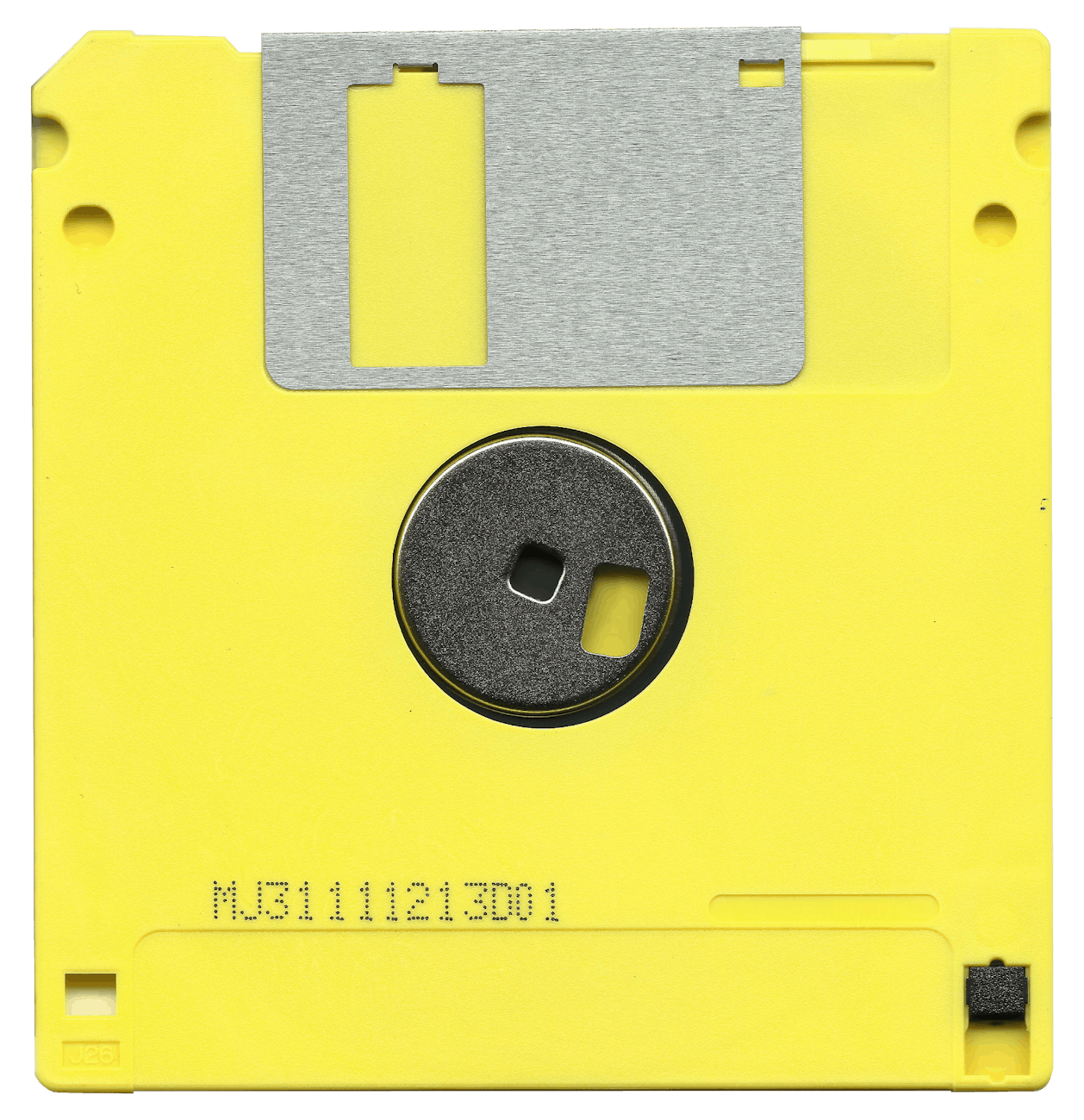Data storage has always been at the heart of human progress. From ancient civilizations carving records into clay tablets to today’s cloud storage systems powered by artificial intelligence, the way we store and manage information has evolved dramatically. Each innovation has not only changed how we keep data safe but also shaped the way societies function, businesses grow, and individuals connect.
In this article, we will explore the history of data storage, the different stages of development, and the modern innovations shaping the future.
- Ancient Beginnings: Clay, Stone, and Papyrus
- The Arrival of Paper and Libraries
- Magnetic Storage: The Birth of Digital Records
- Optical Media: CDs and DVDs
- The USB and Flash Revolution
- Cloud Storage: Data Without Borders
- Modern Advances: AI, Blockchain, and Beyond
- Practical Tips for Data Storage Today
- FAQs on Data Storage
- Conclusion
Ancient Beginnings: Clay, Stone, and Papyrus
The earliest form of data storage wasn’t digital but physical. Ancient civilizations such as the Sumerians used clay tablets to record trade, laws, and historical events. Egyptians wrote on papyrus scrolls, while civilizations in South America and Asia carved records into stone monuments.
These early methods were durable but bulky. They served as the foundation for record-keeping but were difficult to transport and required significant physical space.
The Arrival of Paper and Libraries
Paper, invented in China around 100 BCE, changed the way knowledge was stored and shared. It allowed ideas to travel across borders and centuries. As printing presses appeared in the 15th century, books became more affordable, fueling education and research.
Libraries soon became the biggest data storage centers, preserving vast amounts of knowledge. However, paper still had limitations. It was prone to decay, fire, and natural disasters.
Magnetic Storage: The Birth of Digital Records
The 20th century marked a turning point with the invention of magnetic tape in the 1920s. Initially used for audio recordings, magnetic tape quickly became a reliable medium for storing digital information.
By the 1950s, hard disk drives (HDDs) were introduced. IBM’s first commercial hard drive in 1956 was the size of two refrigerators and stored just 5 MB of data. Despite the size, it marked the beginning of modern data storage.
Optical Media: CDs and DVDs
In the 1980s and 1990s, compact discs (CDs) and later digital versatile discs (DVDs) transformed personal data storage. People could now store music, movies, and documents in portable formats.
CDs could hold around 700 MB, while DVDs stored 4.7 GB to 8.5 GB, making them essential for entertainment and software distribution.
The USB and Flash Revolution
The late 1990s and early 2000s introduced flash drives and USB storage devices. Unlike magnetic disks, flash memory was compact, durable, and portable. Carrying gigabytes of data in a pocket became normal.
Flash technology also powered memory cards for cameras and mobile devices, driving the boom in digital photography and portable electronics.
Cloud Storage: Data Without Borders
The 2010s saw the rapid growth of cloud storage. Services like Google Drive, Dropbox, and iCloud allowed users to store files online, accessible from anywhere with an internet connection.
Cloud technology provided not just convenience but also scalability for businesses. Companies could store and back up large volumes of data without worrying about physical storage limits. It also enabled real-time collaboration and remote work, a necessity in today’s digital economy.
Modern Advances: AI, Blockchain, and Beyond
Today, data storage is evolving faster than ever:
- AI-powered storage systems help optimize data organization and retrieval.
- Blockchain-based storage ensures security and decentralization.
- DNA data storage experiments show the possibility of storing massive amounts of information in tiny biological molecules.
These breakthroughs hint at a future where data will be more secure, sustainable, and accessible.
Practical Tips for Data Storage Today
If you are managing data, whether personal or professional, here are some practical tips:
- Use Multiple Backups – Store important data in more than one place (e.g., hard drive + cloud).
- Secure Your Files – Use encryption and strong passwords for sensitive information.
- Organize Regularly – Declutter your storage to avoid duplicate or unnecessary files.
- Keep Software Updated – Ensure backup software and antivirus tools are current.
- Plan for Growth – Choose storage options that can expand as your data needs increase.
FAQs on Data Storage
1. What is the oldest form of data storage?
The earliest data storage was physical, such as clay tablets, stone carvings, and papyrus scrolls used by ancient civilizations.
2. What is the difference between HDD and SSD?
Hard Disk Drives (HDDs) use spinning magnetic disks, while Solid State Drives (SSDs) use flash memory. SSDs are faster, more durable, and energy-efficient.
3. How secure is cloud storage?
Cloud storage is generally secure, but it depends on the provider. Using strong passwords, two-factor authentication, and encryption increases safety.
4. Can data stored on CDs and DVDs last forever?
No. Discs can degrade over time due to scratches, sunlight, and humidity. Data should be transferred to modern storage formats for long-term use.
5. What is DNA data storage?
DNA data storage is an experimental technology where digital information is encoded into synthetic DNA molecules. It has the potential to store huge amounts of data in a tiny space.
6. What storage option is best for personal use?
For personal users, a mix of SSDs for speed and cloud storage for backup is ideal.
7. Will cloud storage replace physical drives?
Not completely. Cloud storage is convenient, but physical drives still play a role for offline access, backups, and privacy.
Conclusion
The evolution of data storage shows how humanity’s relationship with information has changed. From clay tablets to DNA-based experiments, each step has made storing and sharing knowledge easier and more powerful.
As technology continues to grow, future storage systems may become invisible yet limitless, integrating seamlessly with everyday life. The key for individuals and businesses is to adopt reliable solutions while preparing for new innovations.
Disclaimer
This article is for informational purposes only. The content does not represent technical or financial advice. Readers should consult professionals or service providers before making decisions about data storage solutions.



